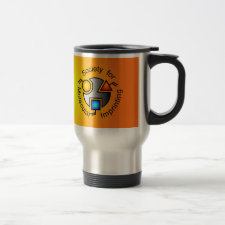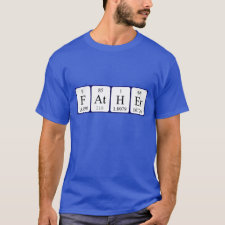
Authors: Guerreiro JRL, Teixeira N, De Freitas V, Sales MGF, Sutherland DS
Article Title: A saliva molecular imprinted localized surface plasmon resonance biosensor for wine astringency estimation.
Publication date: 2017
Journal: Food Chemistry
Volume: 233
Page numbers: 457-466.
DOI: 10.1016/j.foodchem.2017.04.051
Alternative URL: http://www.sciencedirect.com/science/article/pii/S0308814617306246
Abstract: Wine astringency was evaluated based on the interaction of two complex matrices (red wine and saliva) by combining localized surface plasmon resonance (LSPR) and molecular imprinted polymers (MIP) at gold nanodisks as an alternative to sensorial analysis. The main objective of the work was to simulate wine astringency inside the mouth by mimicking this biological system. The LSPR/MIP sensor provided a linear response for astringency expressed in pentagalloyl glucose (PGG) units in concentrations ranging from 1 to 140 μmol/L. The sensor was also applied to wine samples correlating well with sensorial analysis obtained by a trained panel. The correlation of astringency and wine composition was also evaluated showing that anthocyanins may have an important role, not only for pigmentation but also in astringency
Template and target information: wine astringency, pentagalloyl glucose units, salivary proteins
Author keywords: PCA, Polyphenols, wine, Astringency, molecular imprinted polymers, LSPR



Join the Society for Molecular Imprinting

New items RSS feed
Sign-up for e-mail updates:
Choose between receiving an occasional newsletter or more frequent e-mail alerts.
Click here to go to the sign-up page.
Is your name elemental or peptidic? Enter your name and find out by clicking either of the buttons below!
Other products you may like:
 MIPdatabase
MIPdatabase









